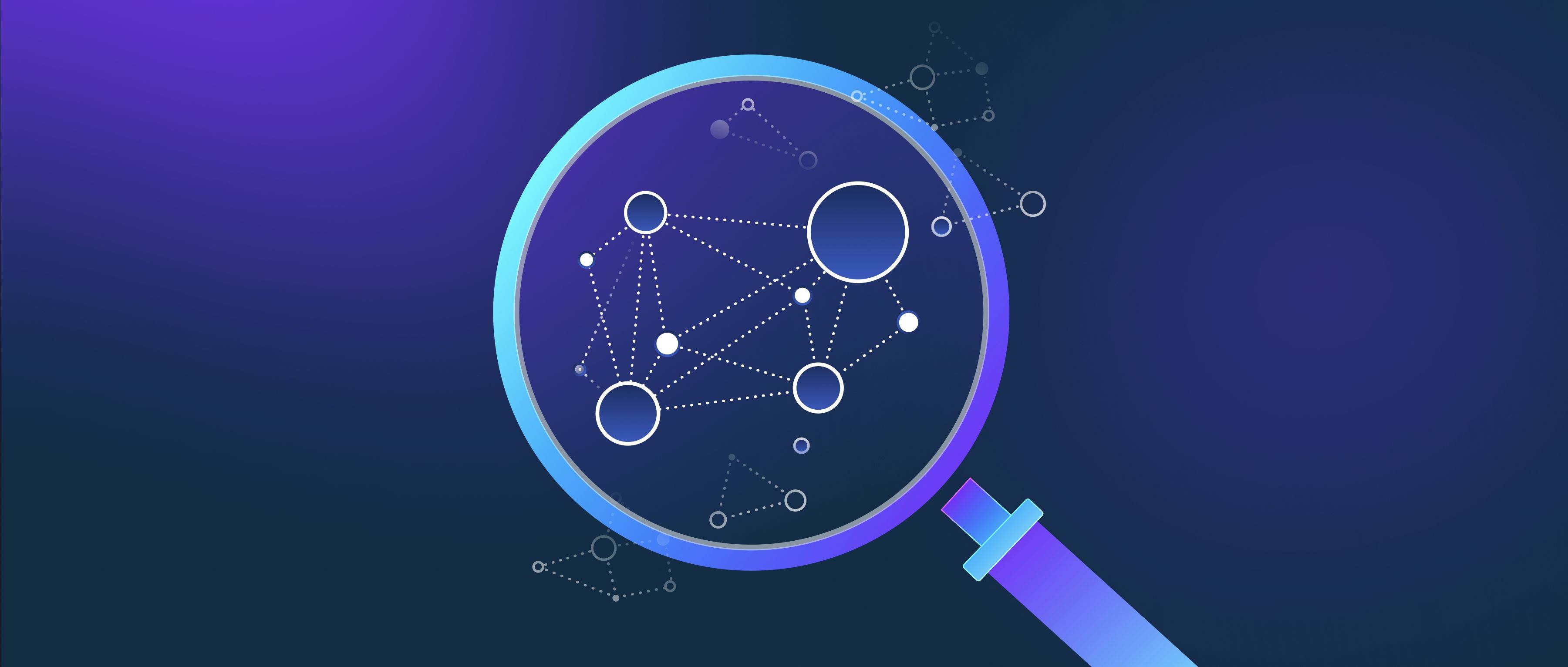Fine-tuning an LLM involves training it further on a specific dataset to adapt it to your use case. Start by selecting a pre-trained model and curating a dataset that aligns with your requirements. For instance, if you're building a legal assistant, use legal documents and case summaries as your dataset.
Next, preprocess the data to ensure it is clean and relevant. This includes removing duplicates, standardizing formatting, and balancing the dataset to minimize bias. Use frameworks like PyTorch or TensorFlow, which provide libraries for fine-tuning pre-trained models. Training typically involves adjusting the model’s parameters using a smaller learning rate to retain its general language capabilities while improving task-specific performance.
After fine-tuning, evaluate the model using test data to ensure it meets your quality expectations. You can deploy the fine-tuned model via APIs or integrate it into your application. Techniques like parameter-efficient fine-tuning (e.g., LoRA) can also help reduce computational costs during this process.
